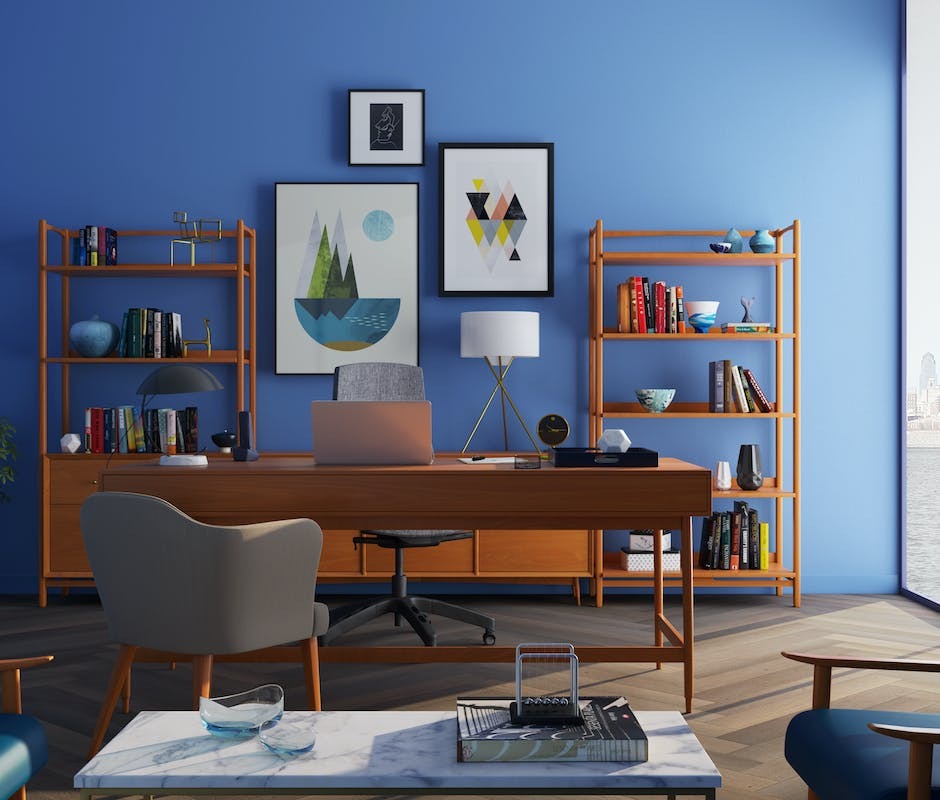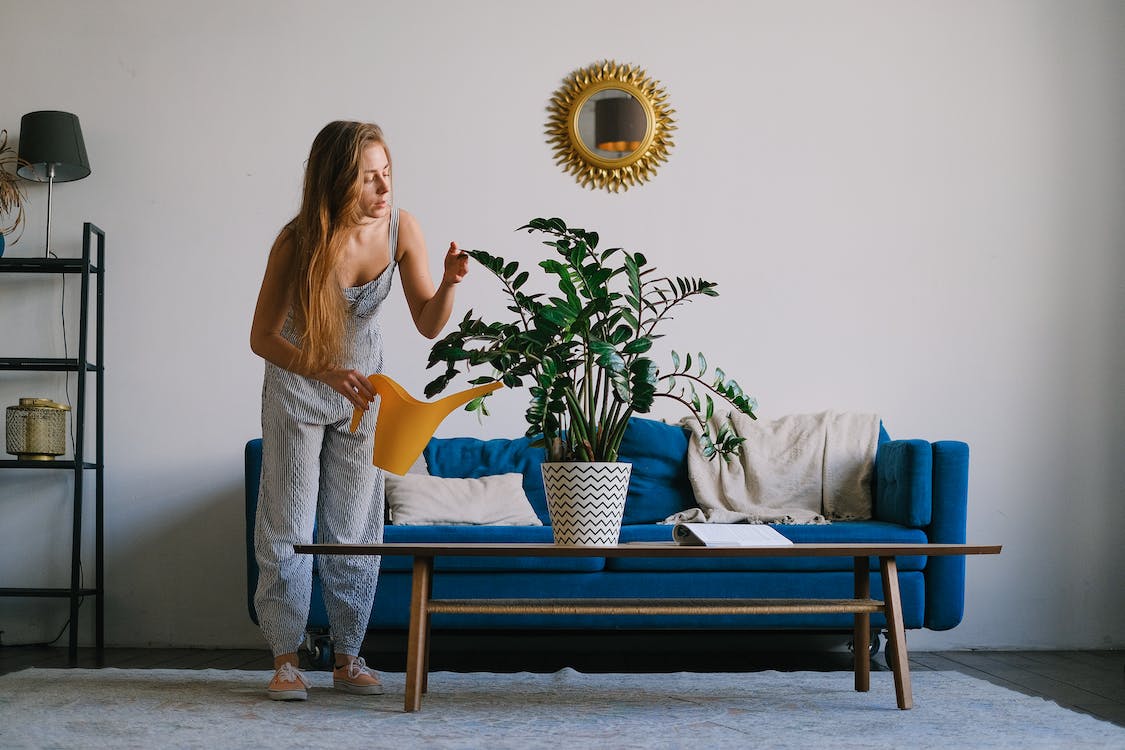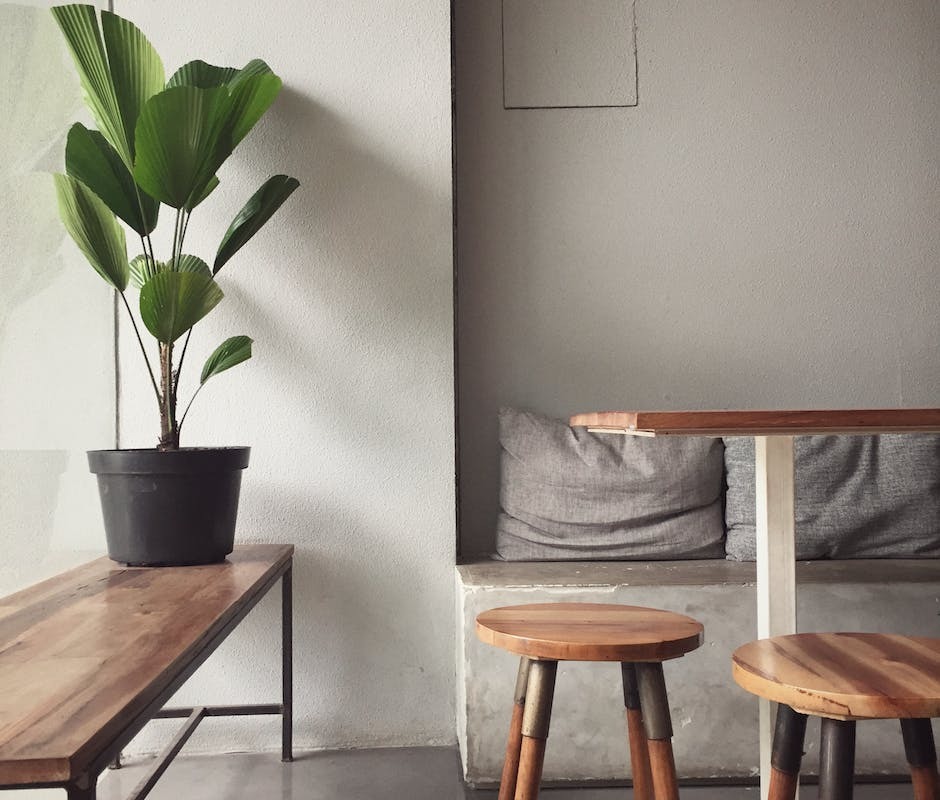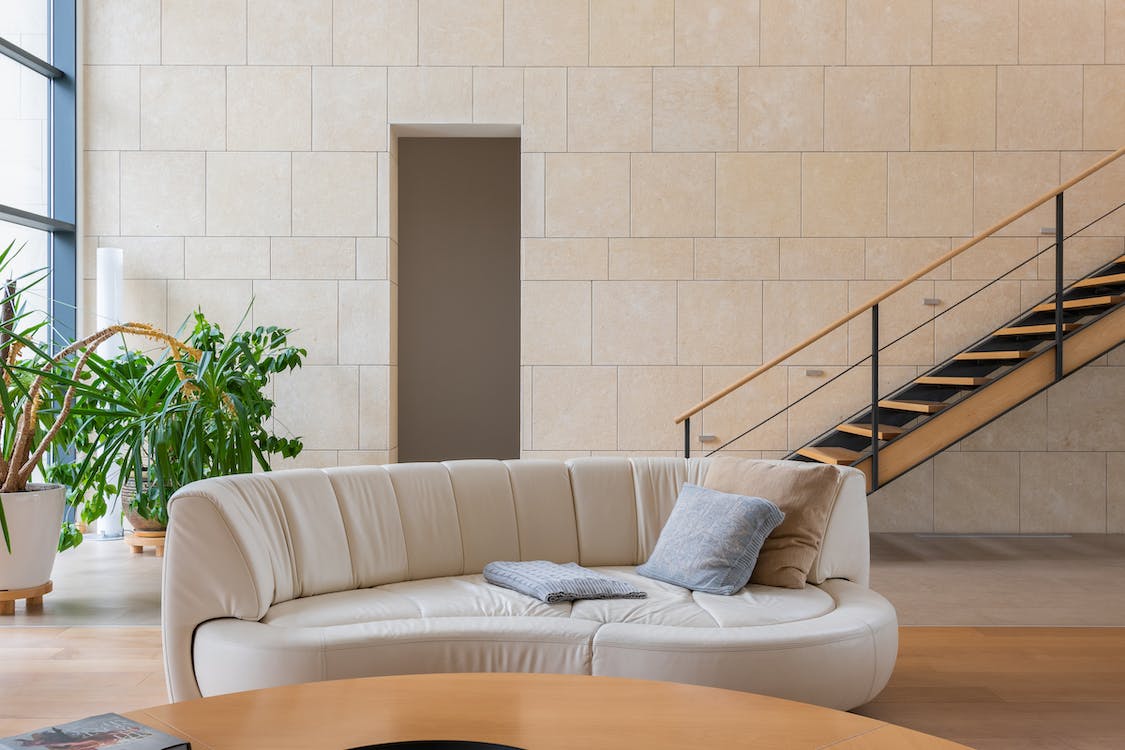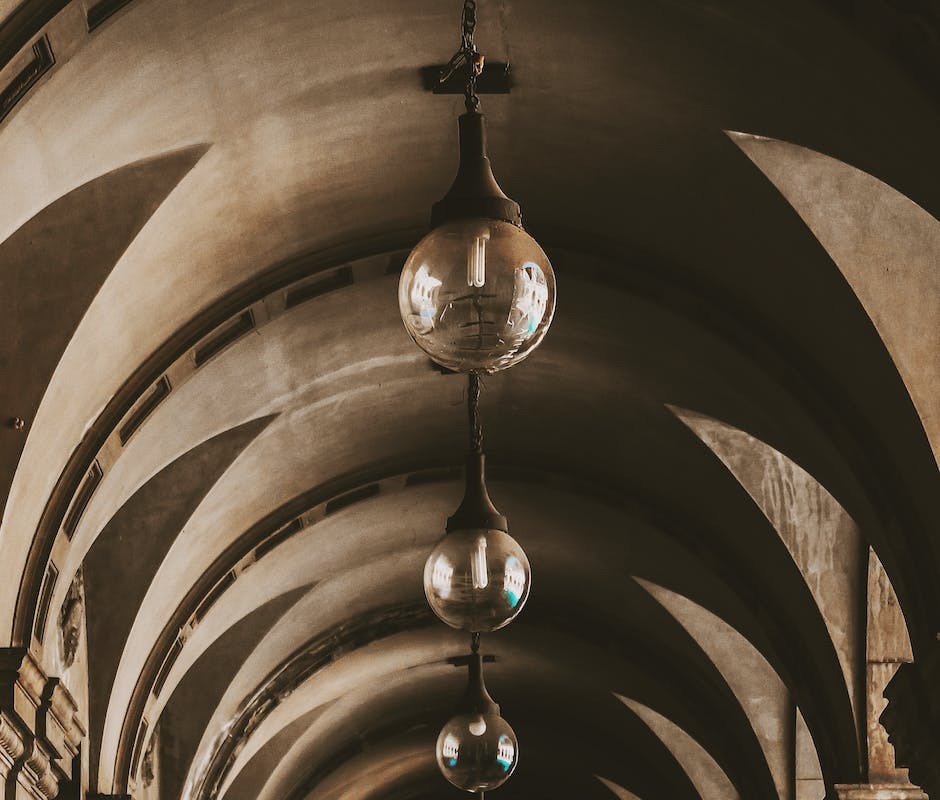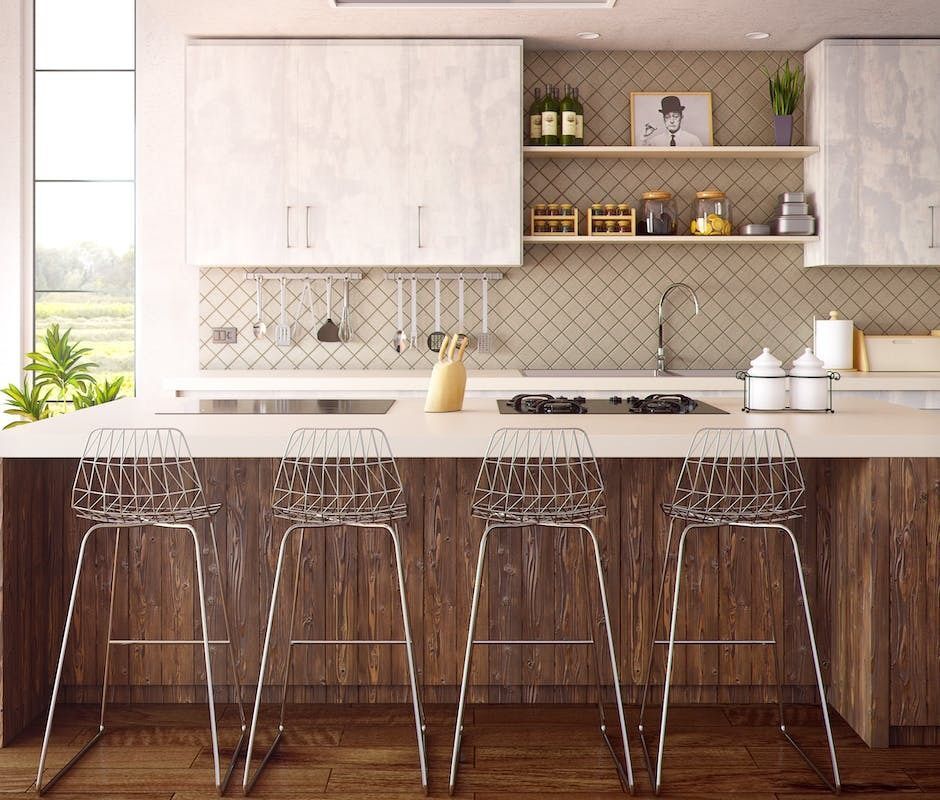An Eco-Friendly Makeover of Your Living space Utilizing the Best Practices of Sustainable Interior Design
Making your living space eco-friendly can be an exciting project, but it can also seem daunting. The best way to start is by quickly flipping through magazines, browsing through stores and on the web to get inspiration. Choose the materials, colors and items you instantly fall in love with. That's how you make a home that you love and that’s good for the planet. What if I told you that you can make your living space beautiful, viable and comfortable for you and your family, all while being kind to the environment? You can – with the best practices of sustainable interior design.
Sustainable interior design focuses on the three Rs: reduce, reuse and recycle. To reduce energy and get the most out of natural sunlight, it’s important to use sheer curtains and mirrors. This will also lend a light, airy atmosphere to the room. Incorporate natural fabrics and materials like felt, canvas, jute, cork and bamboo. When buying new furniture, be sure to support sustainable furniture manufacturers who use responsibly-sourced materials. If you already have furniture, consider giving it a makeover with organic paint, upholstery and finishes.
The best sustainable interior design also focuses on reducing waste with careful and conscious consumption. Before buying anything new, consider alternatives like upcycling, refurbishing and re-purposing. You can also minimize waste with upholstery foam wrap. This foam wrap can be used to protect furniture so the packaging can be reused. You can also buy furniture with minimal packaging or ‘naked’ furniture. Make sure to donate or resell furniture, curtains and other items you’re replacing. That way, you can keep it out of landfills.
Lighting and Wellbeing
Energy-efficient lighting is one of the most important sustainable interior design elements. LEDs, fairy lights and solar-powered lighting are the best options. Choose materials with reflective properties to amplify the light and make it last longer. Adding plants is an important part of sustainable interior design too. Studies have shown that adding plants to indoor spaces can improve mood and productivity. Provide enough natural light and create a living space that is a pleasure to inhabit.
Bringing Nature into Your Home
As the core element to sustainable interior design, focus on bringing nature indoors. Plants and air-purifying plants like ivy, spider plants and peace lilies can give your living space a touch of nature. You can also get creative with photo wallpapers that imitate nature or hang artwork with nature-inspired designs. Make sure to get accent pieces with natural colors, shapes and materials like seashells, stones and ceramics.
Embrace Multifunctional Items
Transform your living space with multifunctional items that can be folded, stacked and converted into different pieces. From furniture to rugs and clocks, there are multiple designs that will optimize your living space. Choose furniture that can be flipped open, turned around and used in different parts of the space. With multifunctional items, you can easily shape and transform your living space with the seasons.
Small Touches that Make a Difference
Choose recycled products like eco-friendly cleaning and laundry products. Make sure your living space is energy efficient by using LED bulbs for lighting. Look for certified, eco-friendly decorations and furniture. Make sure to only buy what you really need and don’t forget about eco-friendly art supplies. You can also save water by using an adjustable rain showerhead and a low-flow toilet.

